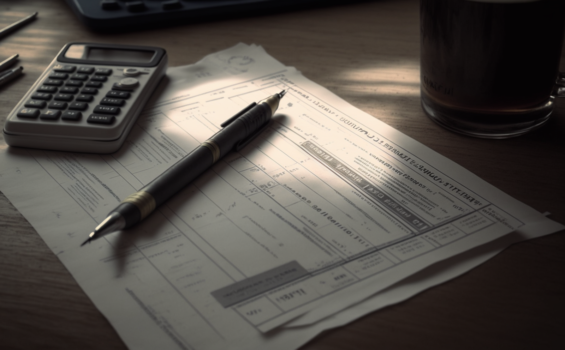
Failure To File Form 8283 5 Drawbacks
5 costly drawbacks of skipping IRS Form 8283 for art and antiques donations, plus rules, thresholds, and a checklist to stay compliant.
Dive into expert-written guides across antiques, collectibles, fine art, and more.

5 costly drawbacks of skipping IRS Form 8283 for art and antiques donations, plus rules, thresholds, and a checklist to stay compliant.

8 must-meet requirements to produce accurate charitable donation appraisals for art and antiques, from FMV and provenance to timing and IRS Form 8283.

Understand the four core valuation principles appraisers use to produce IRS-compliant estate tax appraisals for art and antiques, with examples and tips.

Six concrete benefits of a gift tax appraisal for art and antiques, from IRS compliance to smarter planning and audit protection.
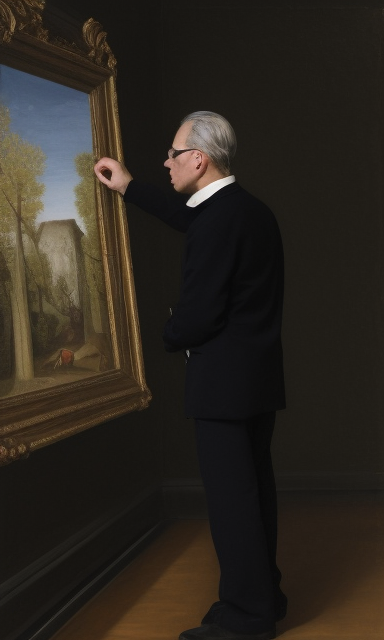
Five valuation principles qualified appraisers use for tax-related art valuations, plus guidance on qualified appraisals, markets, comparables, and documentation.
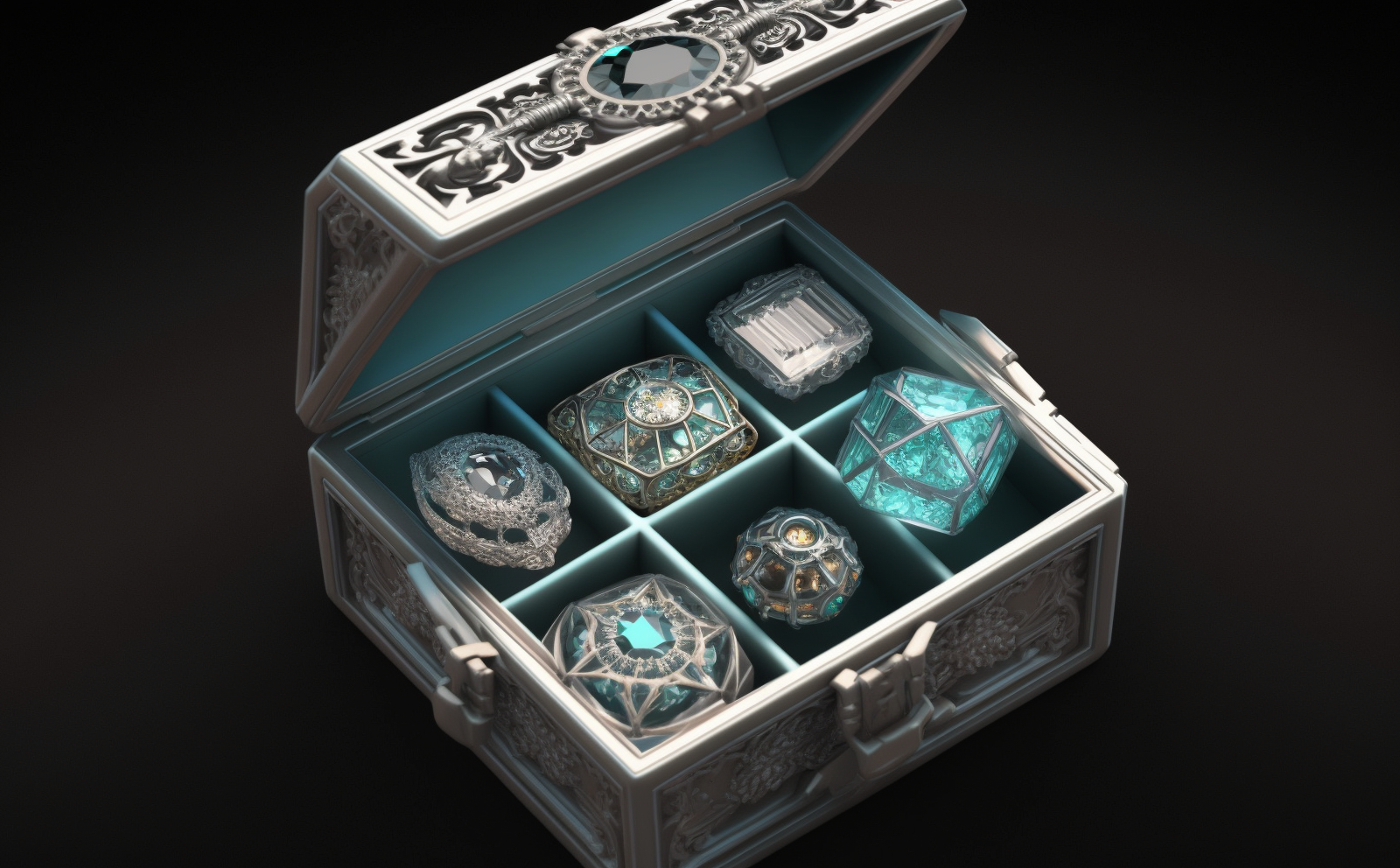
Five IRS-ready ways a tax-focused jewelry appraisal safeguards value, deductions, and audit defense for collectors, estates, and donors.

Understand the 7 factors that drive a vehicle's fair market value for tax purposes, with appraisal standards, documentation tips, and IRS compliance pitfalls.

Nine critical factors for tax-purpose valuations of art and antiques: FMV, dates, comps, provenance, discounts, and compliance.
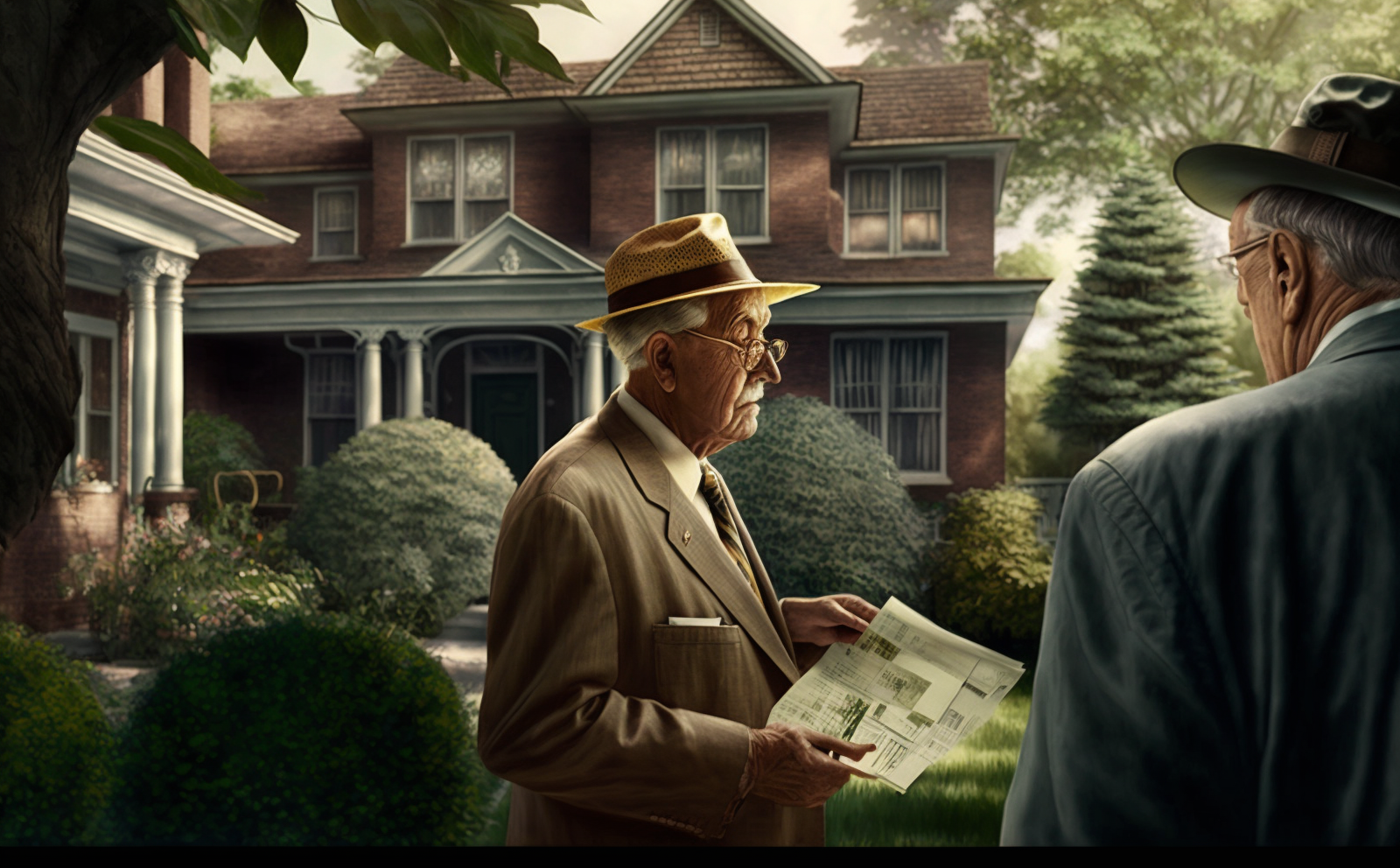
Learn 8 tax-saving benefits of hiring qualified real estate appraisers, with guidance tailored to art and antique professionals and collectors.
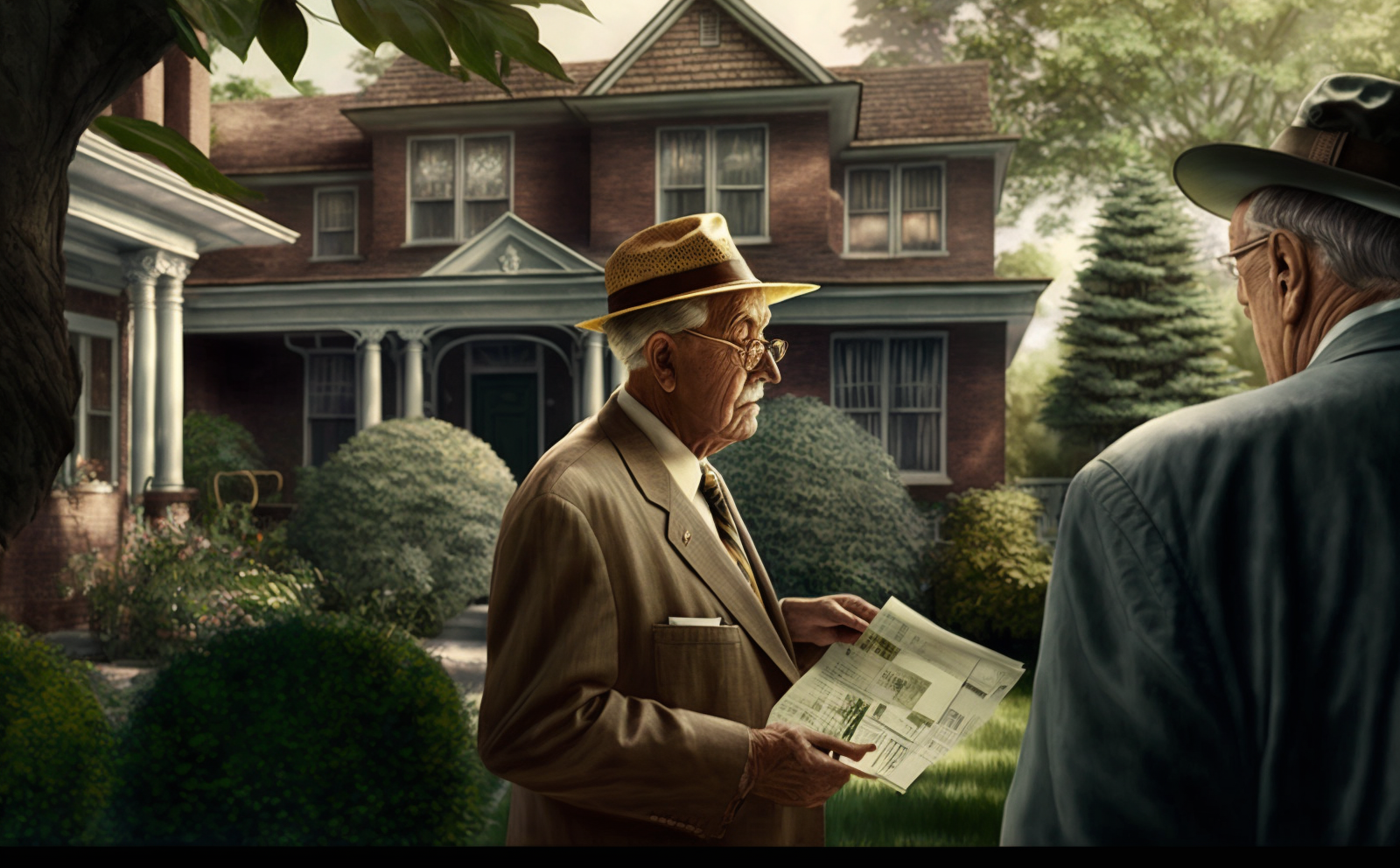
When antiques and art require a qualified appraisal for taxes: donations, estates, gifts, casualty losses, and bargain sales—plus how to meet IRS standards.
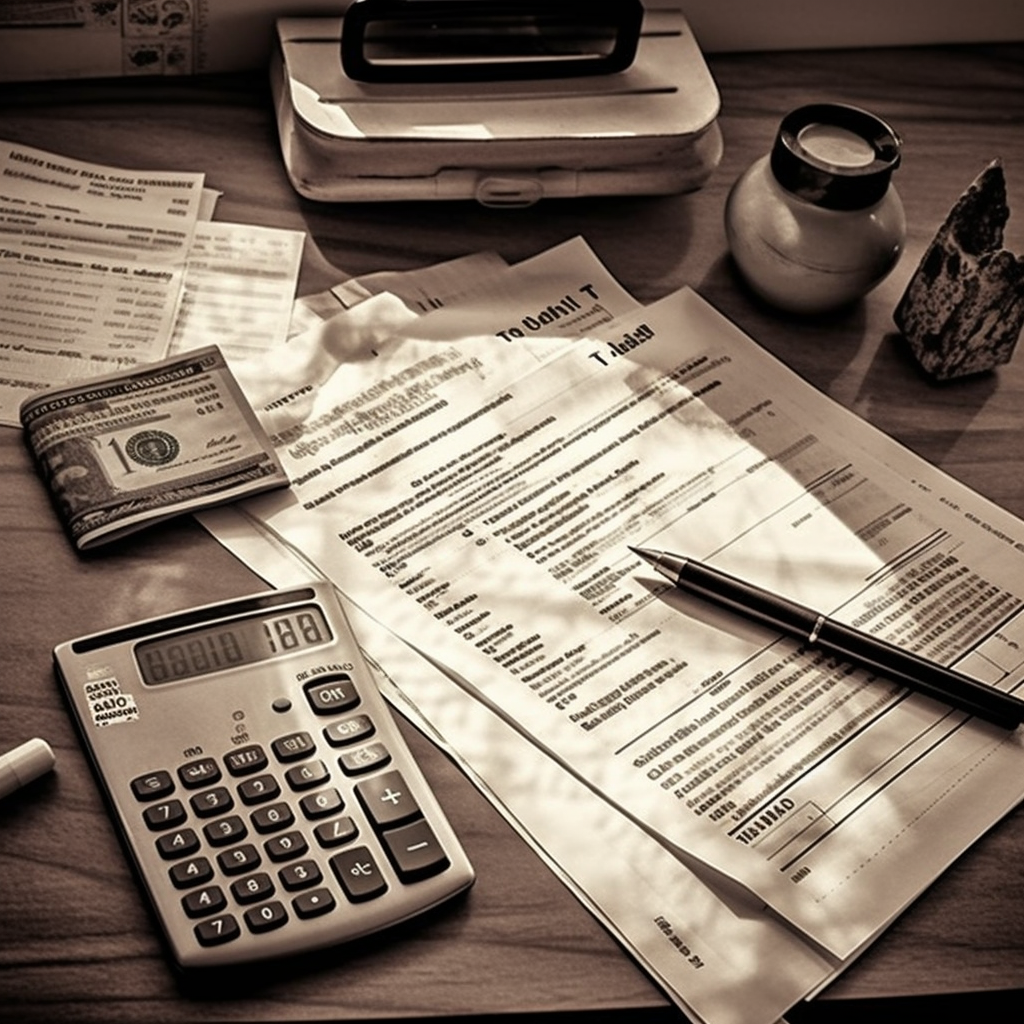
When and why you need a certified appraisal for tax purposes in art and antiques—IRS rules, fair market value, report essentials, and choosing an appraiser.
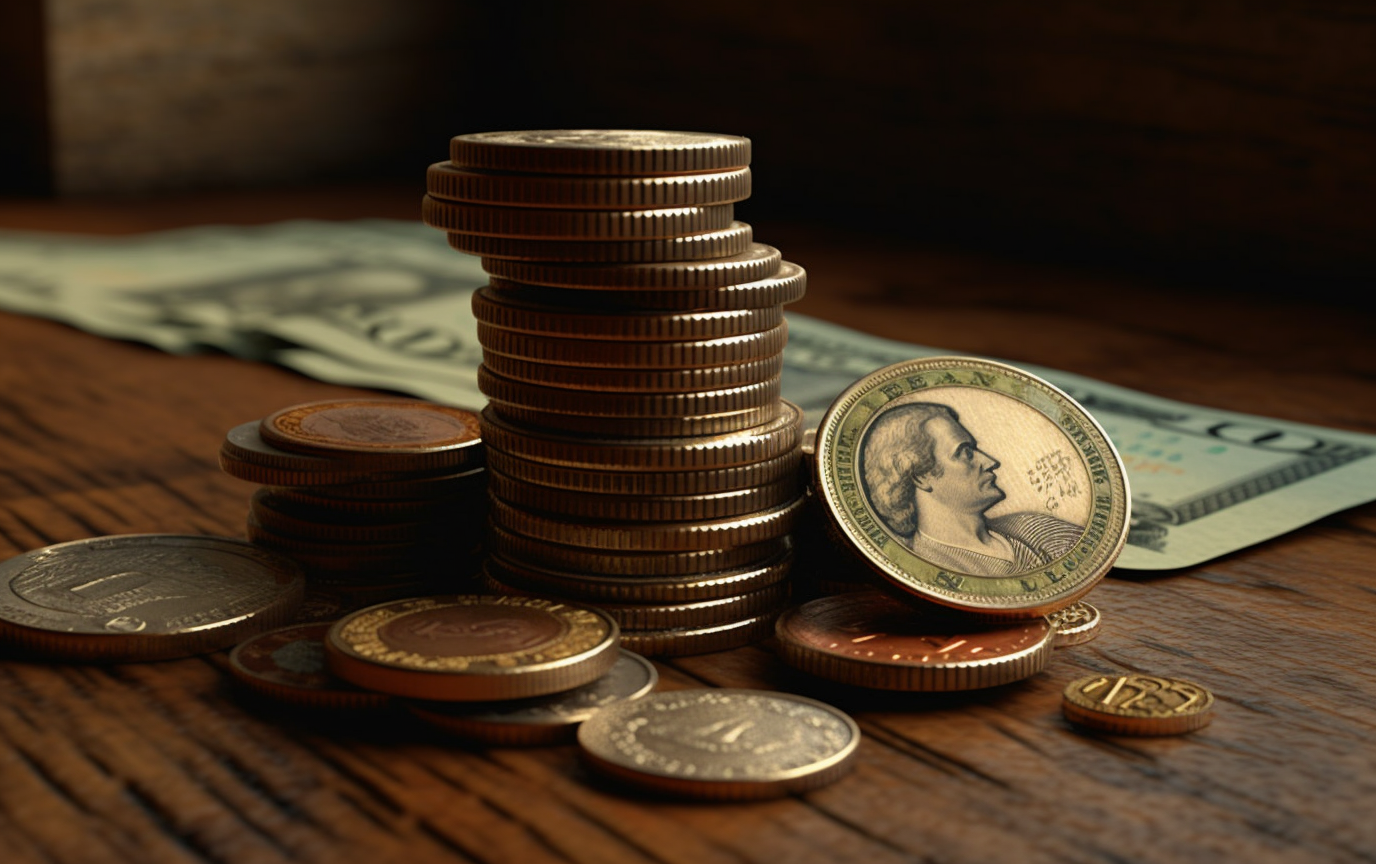
Understand IRS appraisals for art and antiques: when you need one, who can write it, what to include, and how to avoid penalties on donations and estates.
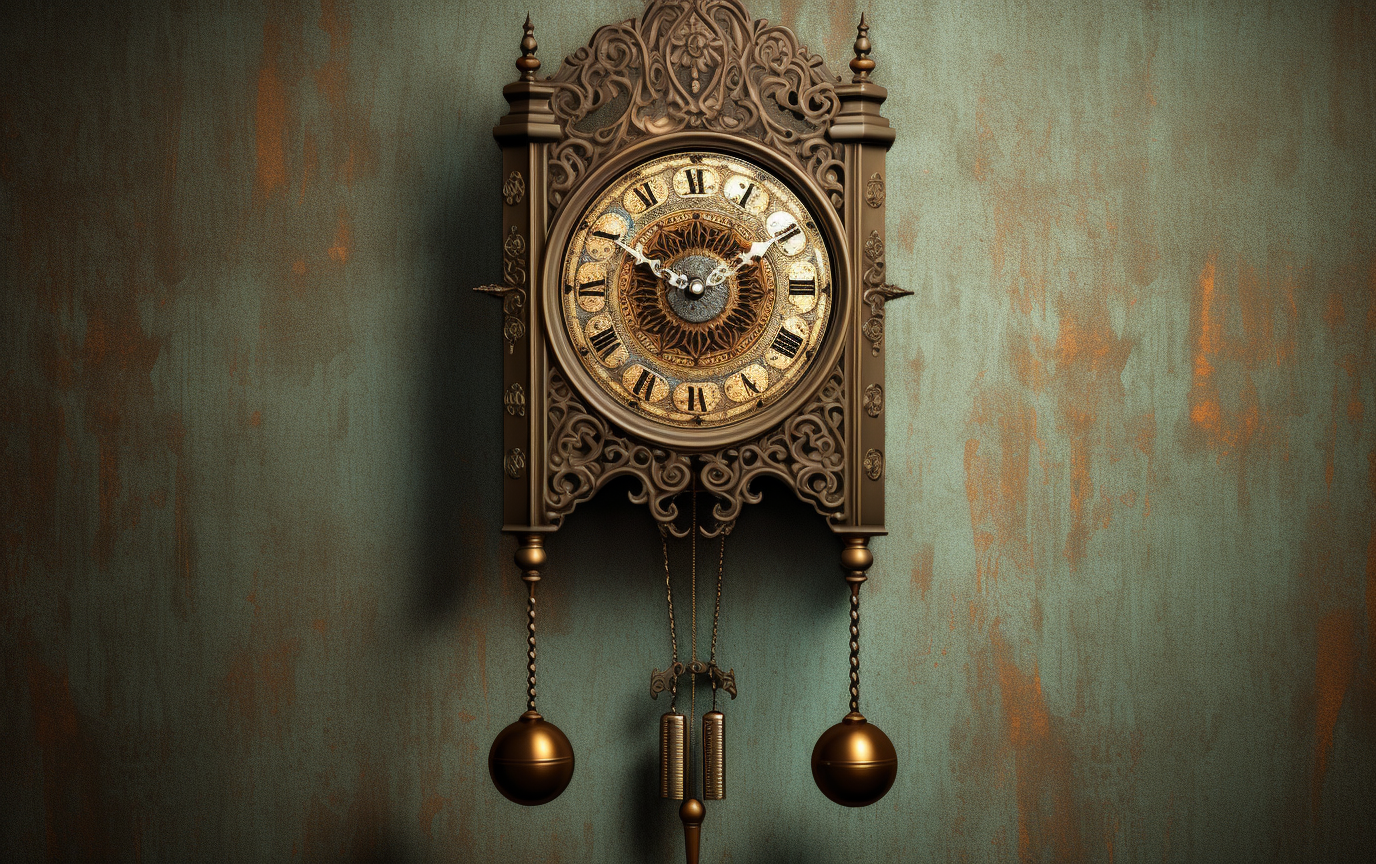
Learn how to locate, read, and date antique clockmakers' marks—stamps, labels, hallmarks, serials—to identify makers and assess authenticity and value.

Learn where to find, read, and verify maker’s marks on antique dolls—plus how marks impact dating, attribution, and value for appraisals.
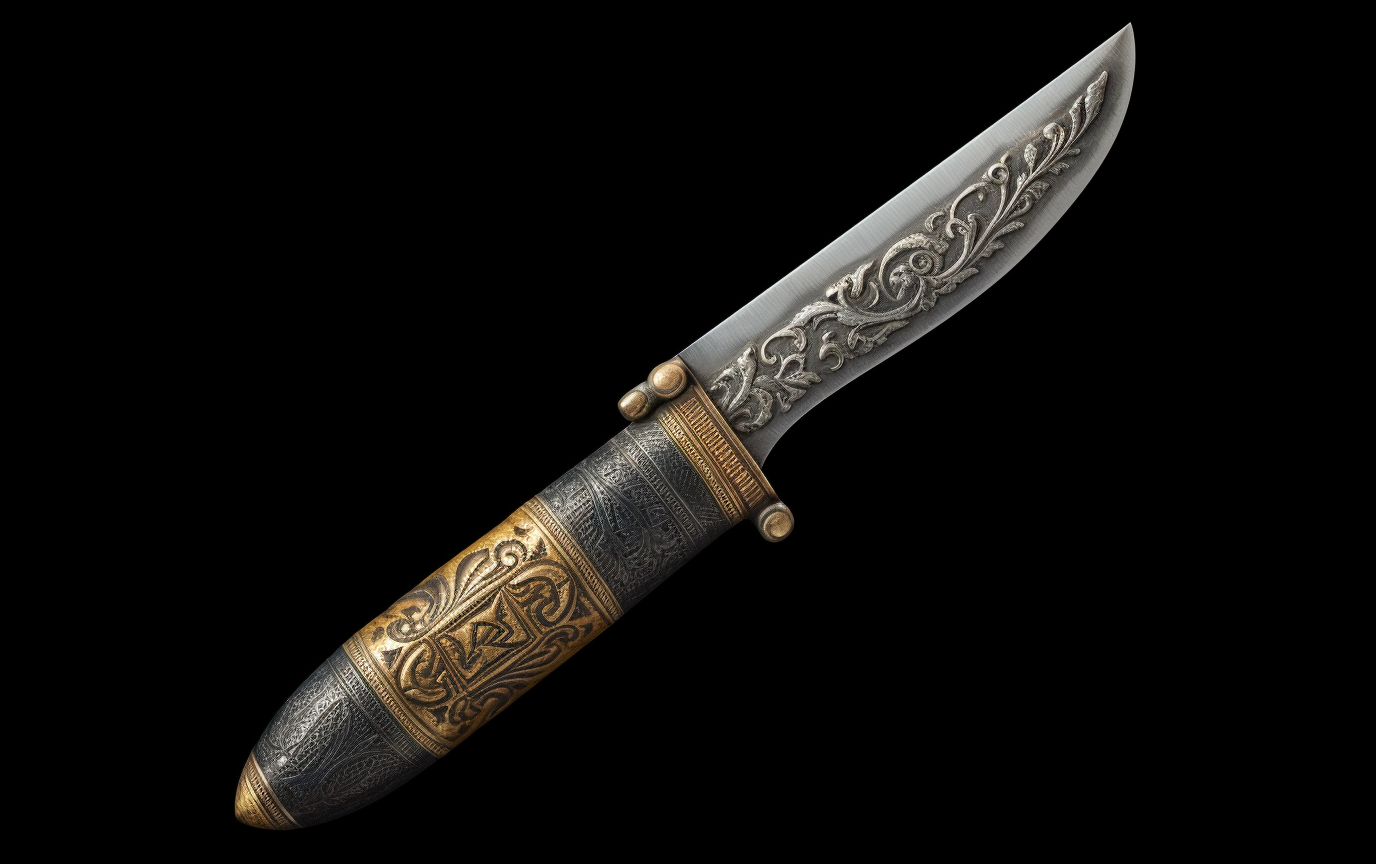
Why a vintage knife’s maker’s mark matters: authentication, dating, provenance, value, and care tips for appraisers and collectors.
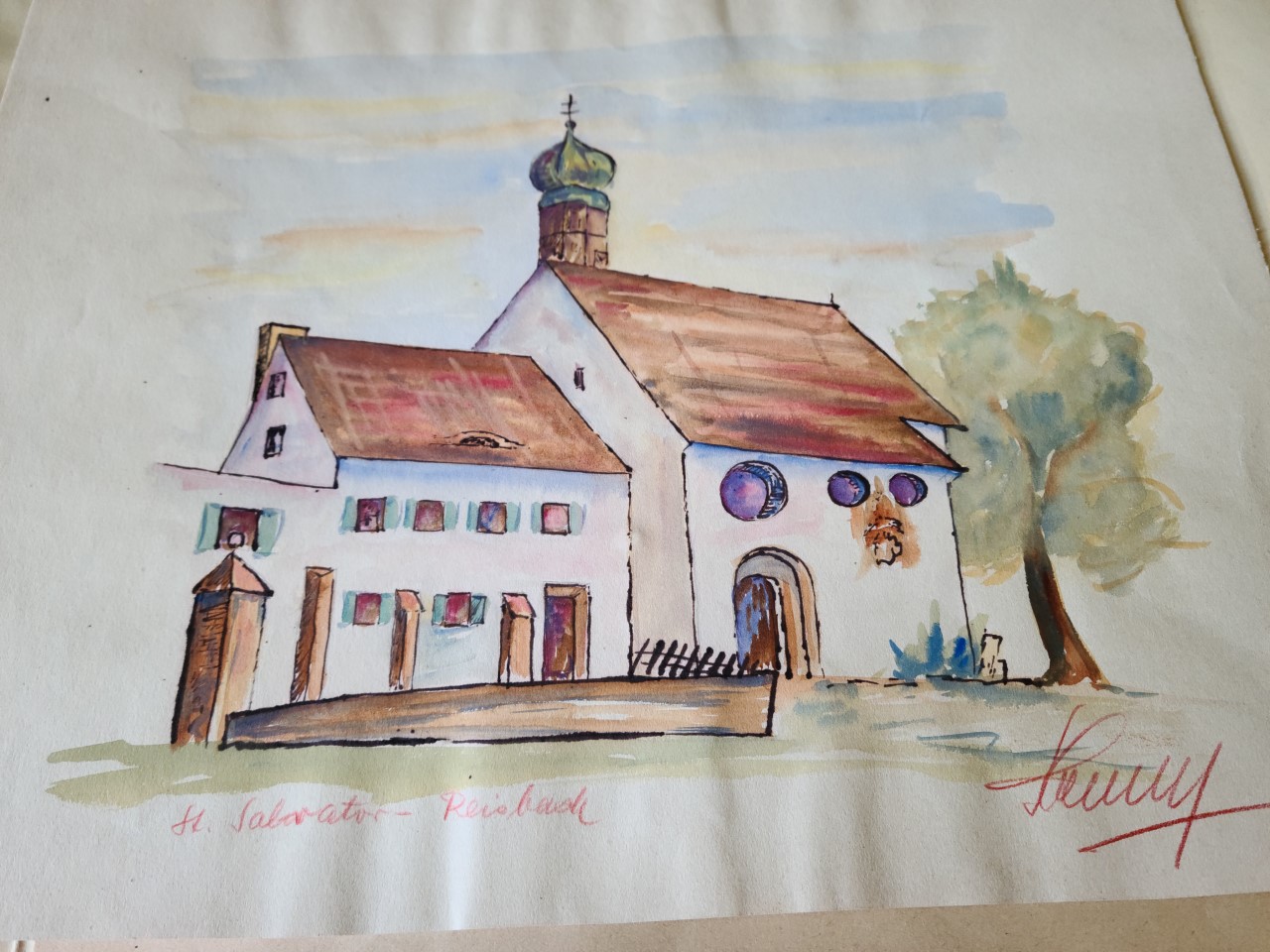
Cut through the “free art appraisals near me” pitch: what it really means, when to pay, how to vet experts, and safer low-cost options for collectors.
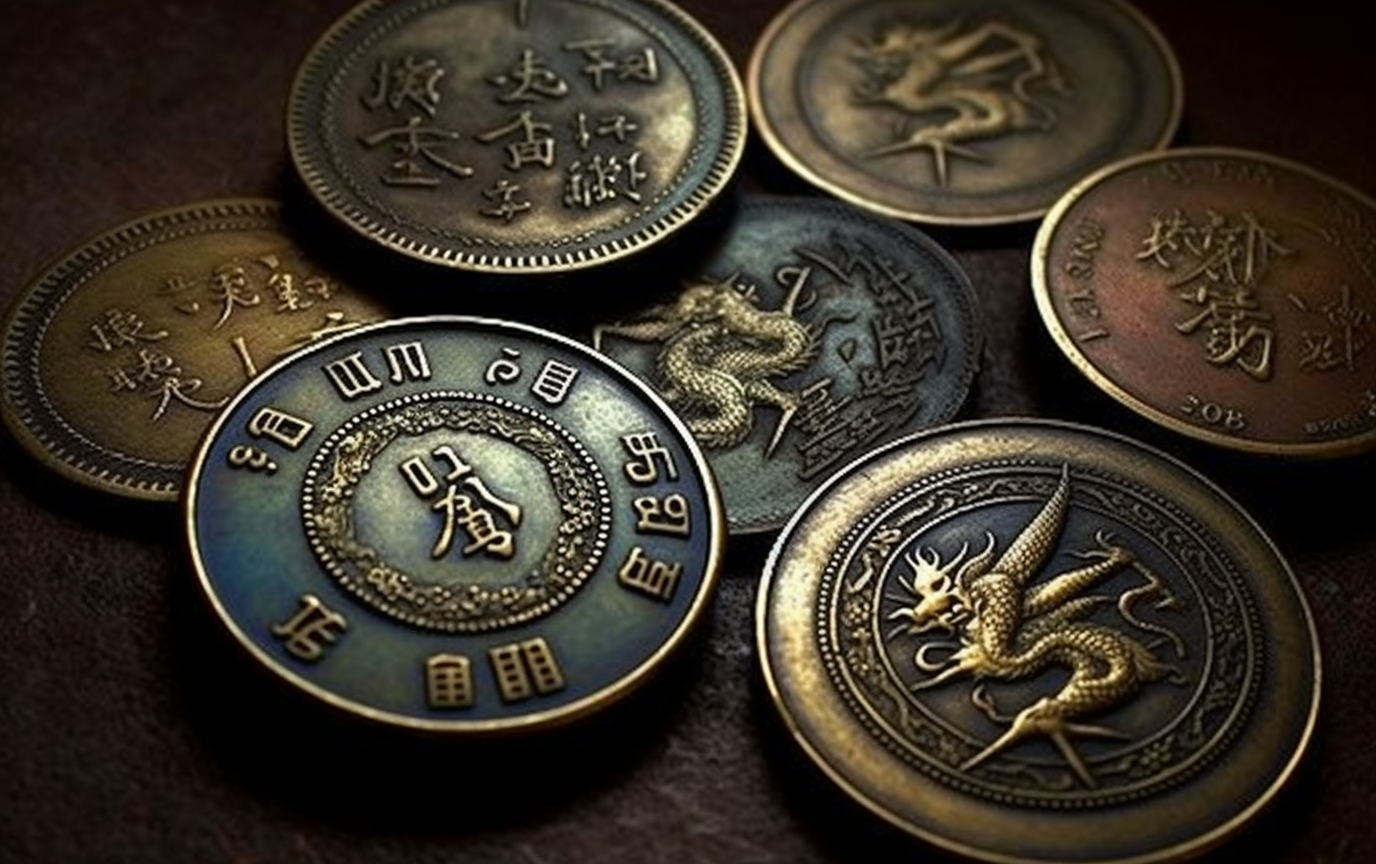
How appraisers authenticate, grade, and value old Chinese coins—from cash and sycee to provincial issues—with methods, ethics, and market insight.

Learn 8 value factors and field tips to judge antique bottles before you hunt—manufacturing, color, condition, ethics, and pricing.
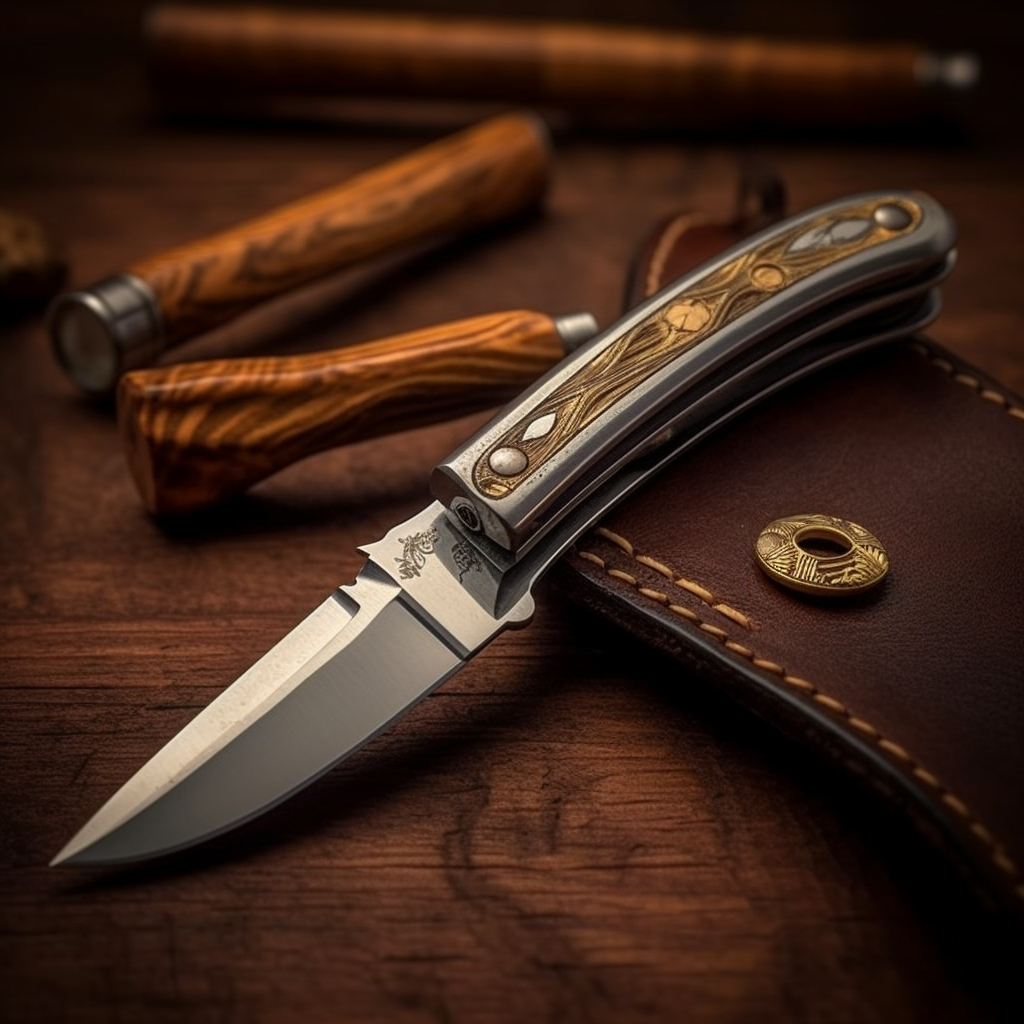
Key factors appraisers use to evaluate vintage Old Timer knife value, from identification and dating to condition, originality, rarity, and demand.
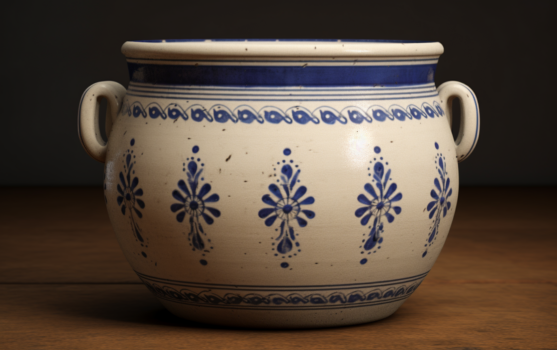
Practical guide to read authentic antique stoneware crock markings and avoid fakes, with dating cues, glaze tips, and exam checklist.